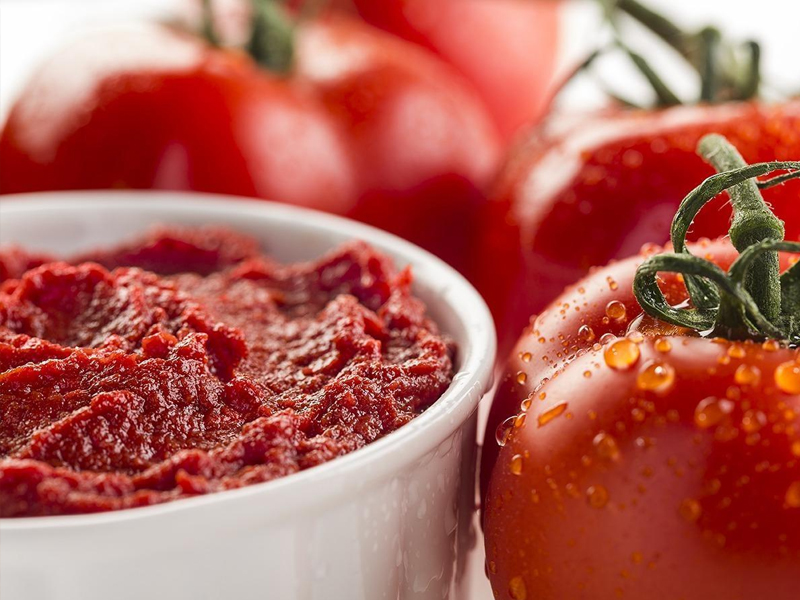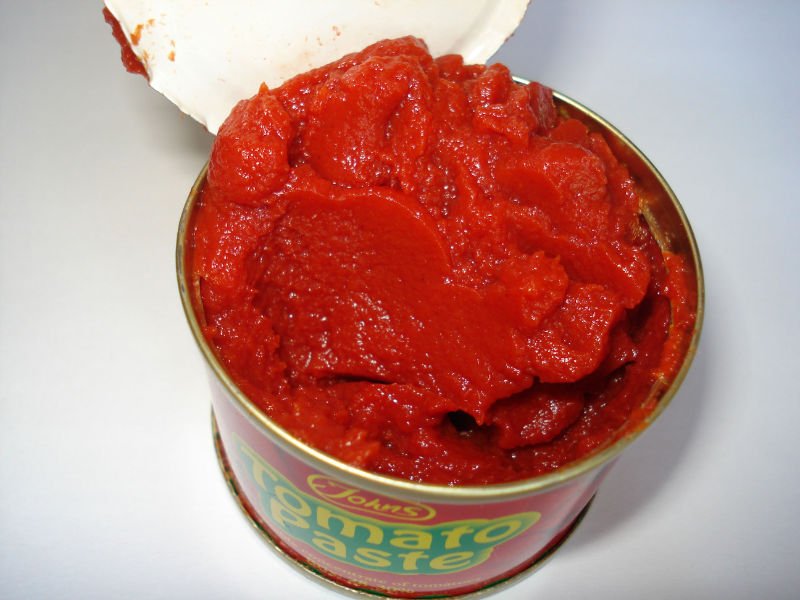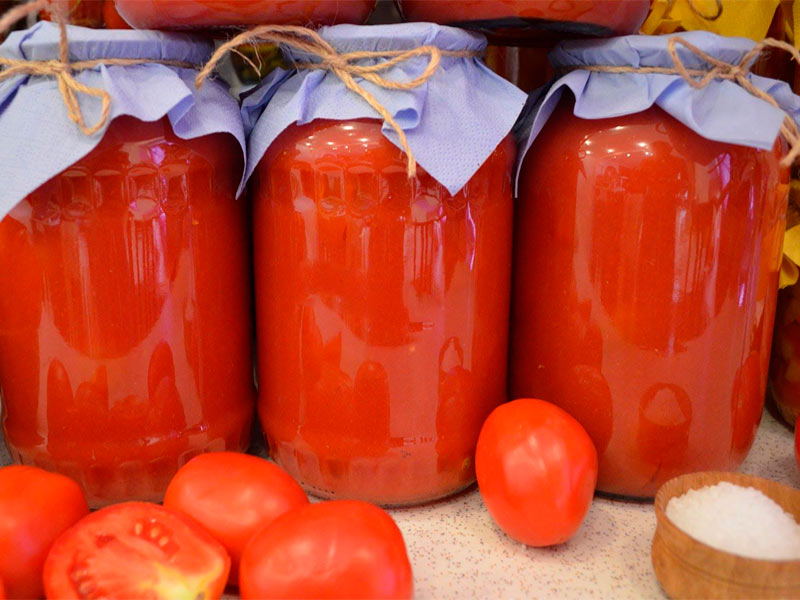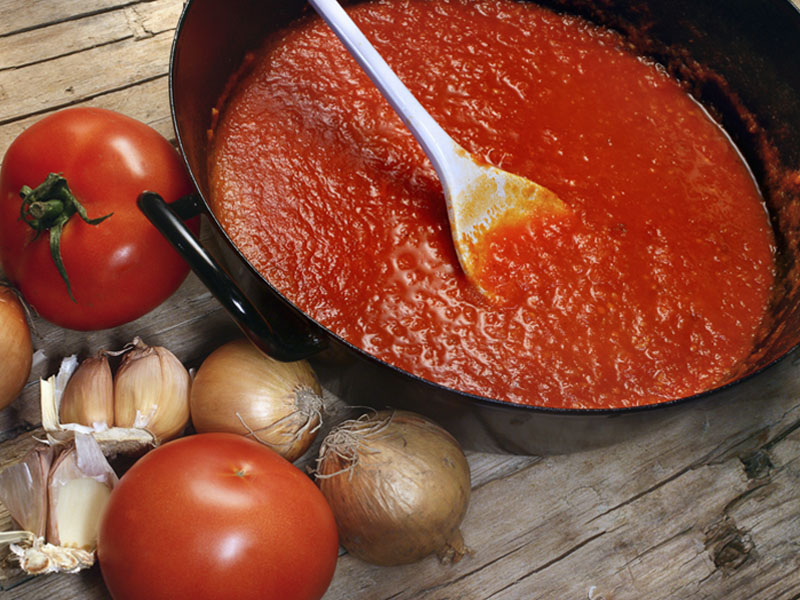A Comprehensive Overview of Tomato Paste Brands: Quality, Ingredients, and Market Trends
Introduction:
Tomato paste is a key staple in many kitchens around the world, favored for its rich flavor, versatility, and convenience. Whether you’re making pasta sauce, soup, or marinades, choosing the right tomato paste brand can significantly impact the taste and quality of your culinary creations. This article provides an in-depth analysis of various tomato paste brands, highlighting their quality, ingredients, and market trends.
I. Quality Assessment of Tomato Paste Brands:
When evaluating the quality of tomato paste brands, several factors come into play, including sourcing of tomatoes, processing methods, and product consistency. Here are a few renowned tomato paste brands known for their high-quality products:
1. Mutti:
Mutti, an Italian brand with a rich history dating back to 1899, is renowned for its superior quality. They source their tomatoes from selected Italian regions known for their exceptional flavor and ripeness. Mutti uses traditional processing methods that involve steam peeling the tomatoes and slow-cooking them to concentrate the flavors. The resulting tomato paste is dense, smooth, and vibrant in taste.
2. Cento:
Cento, an American brand, prides itself on using authentic San Marzano tomatoes sourced from the Campania region in Italy. These tomatoes are known for their low acidity, high sugar content, and intensely rich flavor. Cento’s tomato paste is made by processing these San Marzano tomatoes within a few hours of harvesting to maintain freshness and quality.
3. Amore:
Amore, an Italian-inspired brand, is notable for its innovative packaging and gourmet approach. Their tomato paste is made using vine-ripened tomatoes that are processed within six hours of picking to preserve the freshness. Amore’s paste is then packed in convenient, resealable tubes, ensuring ease of use and minimal waste.
4. Double Concentrated Tomato Paste:
Some brands specialize in double concentrated tomato paste, which provides a stronger flavor and requires less quantity for cooking. Two noteworthy brands in this category are SMT and Bionaturae. SMT, an Italian brand, delivers a thick and rich paste made from vine-ripened tomatoes. Bionaturae, on the other hand, focuses on organic tomato paste, ensuring the absence of any synthetic additives.
II. Ingredients and Sustainability Considerations:
While tomatoes are the primary ingredient in tomato paste, other additives and processes can influence the taste and quality. Here’s a look at how different brands tackle ingredient selection and sustainability:
1. Organic and Non-GMO Options:
As consumers increasingly prioritize sustainable and natural products, several brands offer organic and non-GMO tomato paste options. Brands like Hunt’s and Muir Glen provide organic tomato paste made from tomatoes grown without synthetic pesticides or genetically modified organisms (GMOs).

2. No Salt Added Varieties:
For individuals closely monitoring their sodium intake, many tomato paste brands offer “no salt added” options. These varieties ensure that the natural tomato flavors aren’t masked by excessive salt content. Del Monte and Contadina are known for their no salt added tomato paste options.
3. Sustainable Packaging:
In recent years, there has been a growing concern about packaging waste and its impact on the environment. Some brands, including Amore and Cento, offer tomato paste in innovative packaging such as resealable tubes, sachets, or Tetra Pak cartons, enabling consumers to use only the desired quantity and minimize waste.
III. Market Trends and Emerging Brands:
The tomato paste market is dynamic, with new players entering the arena and existing brands constantly innovating. Here are a few market trends and emerging brands to watch out for:
1. Diverse Flavor Profiles:
Brands are expanding their range of tomato paste flavors to cater to diverse culinary preferences. Sun-dried tomato paste by brands like DeLallo and Gia Russa, for instance, offers a concentrated and tangy flavor profile, adding complexity to dishes.
2. Artisanal and Small-Batch Brands:
Artisanal and small-batch brands, such as La San Marzano and Rao’s Homemade, have gained popularity as they emphasize the use of high-quality ingredients and traditional production methods. These brands often target the discerning consumer who values authenticity and flavor.
3. Ethnic and International Brands:
The global demand for authentic international cuisines has paved the way for ethnic and international tomato paste brands. Brands like ESPA, a Spanish brand, and Aylward’s Italian-Style Tomato Paste cater to specific regional tastes, complementing various regional cuisines.
Conclusion:
Choosing the right tomato paste brand can elevate the flavor and quality of your culinary creations. By considering factors such as tomato sourcing, processing methods, ingredients, and sustainability practices, consumers can make informed decisions about the brands that align with their preferences. Whether you opt for well-established brands like Mutti or Cento, experiment with innovative packaging like Amore, or explore emerging brands, the tomato paste market offers a wide range of options to suit diverse tastes and dietary requirements.I. Emerging Trends in the Tomato Paste Market:
As the demand for healthy and convenient food options continues to rise, the tomato paste market has witnessed several emerging trends. These trends are driven by shifting consumer preferences and advancements in technology. Let’s explore some of these trends in detail:
1. Clean Labels and Transparency:
Consumers today are more conscious about the ingredients used in the products they consume. As a result, there is a growing demand for tomato paste with clean labels and transparency in terms of sourcing and processing. Brands that can provide detailed information about their tomatoes’ origins, processing methods, and absence of additives or preservatives have a competitive edge in the market.

2. Organic and Sustainable Options:
The demand for organic and sustainably produced tomato paste is on the rise. Consumers are increasingly concerned about the impact of conventional farming practices on their health and the environment. Brands that offer organic options, use environmentally friendly packaging, and prioritize sustainable sourcing practices are likely to have a broader consumer base.
3. Customization and Personalization:
In response to consumers’ desire for personalized food experiences, some tomato paste brands are offering customization options. For example, some brands allow consumers to choose the level of concentrated flavor they prefer or offer spice-infused varieties for those seeking an extra kick in their dishes. This trend caters to individual tastes and preferences, providing a unique selling point for brands.
4. Plant-Based and Vegan-Friendly:
The rising popularity of plant-based diets and the demand for vegan-friendly options have influenced the tomato paste market. Brands that clearly label their products as suitable for plant-based and vegan diets, and that cater to specific dietary requirements, are more likely to attract a larger customer base.
5. Convenience and Portability:
In today’s fast-paced world, consumers are seeking convenience without compromising on quality. Tomato paste brands are responding by introducing innovative packaging formats that offer convenience and portability. These include single-serve sachets, squeeze tubes, and resealable containers. These packaging options make it easier for consumers to use the desired amount of tomato paste and store the rest for future use.
II. Brand Differentiation Strategies in the Tomato Paste Market:
The tomato paste market is highly competitive, and brands need to adopt effective differentiation strategies to stand out. Here are some key strategies employed by tomato paste brands to establish a unique position in the market:
1. Premium Ingredients and Superior Quality:
Many brands differentiate themselves by using premium ingredients and prioritizing superior quality. This includes sourcing vine-ripened, high-quality tomatoes known for their natural sweetness and flavor. Celebrities such as Martha Stewart endorsing specific brands that utilize premium ingredients also have a significant impact on consumer perception and sales.
2. Authenticity and Heritage:
Brands that can associate themselves with authenticity and heritage tend to attract consumers seeking traditional flavors and recipes. For example, brands that source tomatoes from specific regions known for their unique flavor profiles, such as San Marzano tomatoes from Italy, establish a reputation for authenticity and quality.
3. Culinary Expertise and Recipe Development:
Some brands position themselves as culinary experts, offering a variety of recipes and cooking tips using their tomato paste. By providing consumers with creative ideas and showcasing the versatility of their product, these brands establish themselves as go-to sources for culinary inspiration.
4. Health and Wellness Focus:

Brands that emphasize the health benefits of their tomato paste, such as being low in sodium or containing no artificial additives, appeal to health-conscious consumers. They position their product as a healthier alternative to other options on the market.
5. Social Responsibility and Sustainability:
Increasingly, consumers are considering a brand’s social responsibility and sustainability practices when making purchasing decisions. Tomato paste brands that prioritize sustainable sourcing, eco-friendly packaging, and support community initiatives can build a positive brand image and attract socially conscious consumers.
III. Marketing and Promotional Strategies in the Tomato Paste Market:
To effectively reach their target consumers and drive sales, tomato paste brands employ various marketing and promotional strategies. Here are some key strategies used in the market:
1. Influencer Marketing:
Tomato paste brands often collaborate with influencers, food bloggers, and chefs who have a strong online presence. These collaborations showcase the versatility of the product and help reach a wider audience.
2. Social Media Campaigns:
Social media platforms, such as Instagram and Pinterest, provide opportunities for brands to engage with consumers through visually appealing content, recipes, and cooking tips. Brands can also leverage user-generated content by encouraging consumers to share their own dishes made with the brand’s tomato paste, creating a sense of community and brand loyalty.
3. Sampling and Product Demonstrations:
Sampling and product demonstrations are effective ways for brands to showcase the taste and quality of their tomato paste. This strategy helps consumers experience the product firsthand and builds trust in the brand.
4. Retailer Partnerships and End-Cap Displays:
Brands can collaborate with retailers to secure prime shelf space or end-cap displays to increase product visibility and attract consumer attention. Eye-catching packaging and compelling messaging can further enhance the brand’s presence in-store.
5. Online Marketplaces and Direct-to-Consumer Sales:
Brands can leverage online marketplaces and their own e-commerce platforms to reach consumers directly. By offering exclusive deals, discounts, and personalized recommendations, brands can enhance consumer engagement and loyalty.
Conclusion:
The tomato paste market is a vibrant and dynamic industry, driven by evolving consumer preferences, sustainability concerns, and technological advancements. As brands strive to differentiate themselves, they focus on quality, ingredients, packaging, and marketing strategies to satisfy the diverse needs and wants of consumers. By understanding the emerging trends, adopting effective brand differentiation strategies, and implementing innovative marketing techniques, tomato paste brands can establish a strong market presence and cater to the ever-changing demands of consumers.










